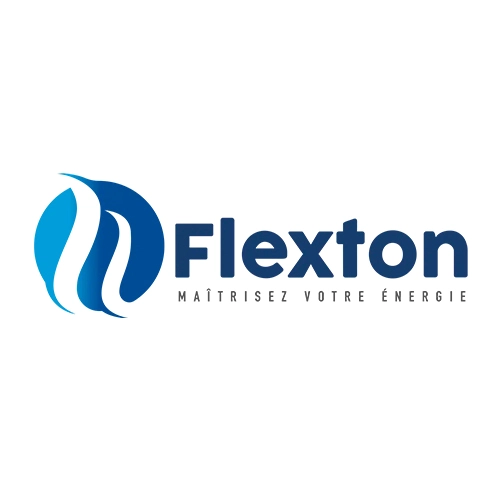
Describe Different Characteristics of Radar Speed Signs
Radar speed signs are an effective way to calm traffic and promote safer driving habits. But did you know that there are various types of radar speed signs available, each with its own set of unique characteristics? In this blog post, we’ll explore some of the key differences between radar speed signs and help you determine which type is best suited for your needs.
1. Display Type
One of the most noticeable differences between radar speed signs is the display type. Some signs use traditional LED lights to display the speed, while others use LCD screens. LED signs are typically more affordable and energy-efficient, but they may not be as clear in bright sunlight. LCD screens, on the other hand, offer better visibility and can display more detailed information, such as the speed limit and the driver’s speed relative to the limit.
2. Speed Range
Another important characteristic of radar speed signs is the speed range they can detect. Basic models can detect speeds ranging from 0-99 km/h, while more advanced models can measure speeds up to 255 km/h. If you plan to use the sign in a high-traffic area or on a highway, you may want to consider a model with a higher speed range.
3. Accuracy
The accuracy of a radar speed sign is crucial to ensuring that drivers receive accurate feedback about their speed. Look for signs that use Doppler radar technology, which can accurately detect speeds within +/- 1 km/h. Some signs also come equipped with sensors that can detect the direction of travel, allowing them to provide accurate readings regardless of the direction the driver is heading.
4. Power Source
Radar speed signs can be powered in various ways, including solar panels, batteries, or hardwired connections. Solar-powered signs are ideal for locations where power sources are limited, while battery-powered signs offer greater flexibility in terms of placement. Hardwired signs, on the other hand, require a constant power supply but are more reliable and require less maintenance.
5. Size and Shape
The size and shape of a radar speed sign can vary depending on the manufacturer and intended use. Larger signs are typically used in high-traffic areas, while smaller signs may be more suitable for residential streets. Some signs are designed to be mounted on poles, while others can be installed directly onto walls or fences.
6. Additional Features
Some radar speed signs come equipped with additional features that enhance their effectiveness. For example, some signs can display custom messages, such as “slow down” or “school zone,” to reinforce safe driving practices. Others may include features like speed limiters, which allow drivers to set a maximum speed limit for the area, or data logging, which enables authorities to monitor speed patterns over time.
7. Durability
Look for signs made from high-quality materials that can withstand harsh weather conditions and resist damage from vandalism or accidents. A well-built sign can last for many years, providing consistent feedback to drivers and helping to maintain a safe environment for all road users.
Conclusion
Radar speed signs are far more than just flashy displays by the roadside. They are precision instruments that contribute significantly to road safety, traffic management, and environmental sustainability. From their accurate speed detection to customizable features and data collection capabilities, radar speed signs are a testament to the marvels of modern technology.
As we continue to prioritize road safety and the well-being of all road users, radar speed signs will undoubtedly play a crucial role in achieving these goals. Their ability to influence driver behavior, provide valuable data, and adapt to changing needs makes them an indispensable tool in our efforts to create safer, smarter, and more sustainable roads.
FAQ’s
Q.1 How do radar speed signs contribute to road safety beyond displaying speed?
Ans: Radar speed signs promote road safety by influencing driver behavior, collecting traffic data, and enabling quick responses to changing conditions.
Q.2 Can radar speed signs detect speeds accurately in both directions of traffic?
Ans: Many radar speed signs come equipped with sensors to detect the direction of travel, ensuring accurate readings regardless of the driver’s direction.
Q.3 Are there any environmental benefits associated with the use of solar-powered radar speed signs?
Ans: Solar-powered radar speed signs reduce energy consumption and carbon footprints, making them more environmentally friendly.
Q.4 What materials and construction methods contribute to the durability of radar speed signs?
Ans: High-quality materials and robust construction help radar speed signs withstand harsh weather conditions and resist damage, ensuring longevity and reliability.
Q.5 Are there any innovations in radar speed sign technology that enhance their capabilities beyond speed monitoring?
Ans: Some radar speed signs are integrating advanced features like automatic license plate recognition and integration with traffic management systems.
Q.6 Can radar speed signs be integrated with other traffic control devices or systems, such as traffic lights or speed cameras?
Ans: Yes, radar speed signs can be integrated with other traffic control devices or systems to enhance overall traffic management and enforcement efforts.





















